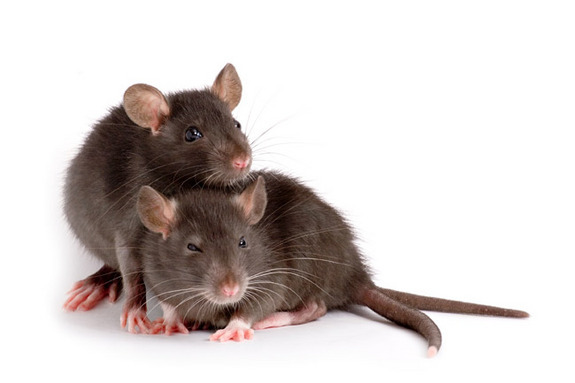In Rats, Males Are the Communicative Sex

Studies show that girls tend to speak earlier and use more complex language than boys do. The discrepancy may arise from different levels of a protein in the brain, a new study in rats suggests.
Scientists have long debated the extent and origin of gender differences in language. A protein called Foxp2 has been shown to play a critical role in speech and language development in humans, as well as oral communication in birds and other mammals. In rats, the baby males are more vocal than females, and the males have higher levels of Foxp2, researchers report in the Feb. 20 issue of The Journal of Neuroscience.
"This study is one of the first to report a sex difference in the expression of a language-associated protein in humans or animals," study co-author Margaret McCarthy of the University of Maryland School of Medicine said in a statement. "The findings raise the possibility that sex differences in brain and behavior are more pervasive and established earlier than previously appreciated."
McCarthy and colleagues measured the amount of Foxp2 in the brains of 4-day-old male and female rats, and compared it with the ultrasonic distress calls the rodents made when removed from their nest.
The male rat pups made more noise when separated from their mother and siblings than females did. The males made nearly twice as many calls over the five minutes spent apart from mom, who preferentially came and retrieved them. The males also had more of the Foxp2 protein in brain areas linked to vocalization, cognition and emotion, the researchers found.
Next, the scientists suppressed the levels of Foxp2 in the males and boosted the levels in the females. Now the female pups made more distress calls than the males, and mama rat also prioritized bringing the females back to nest.
McCarthy's team also ran a preliminary study in a small group of children. Unlike in the rats, human girls had higher levels of Foxp2 in the cortex, the brain's outermost layer, compared with boys. The results help explain findings that girls exceed boys in language development — and why the opposite is true in rats.
Sign up for the Live Science daily newsletter now
Get the world’s most fascinating discoveries delivered straight to your inbox.
Follow LiveScience on Twitter @livescience. We're also on Facebook & Google+.











